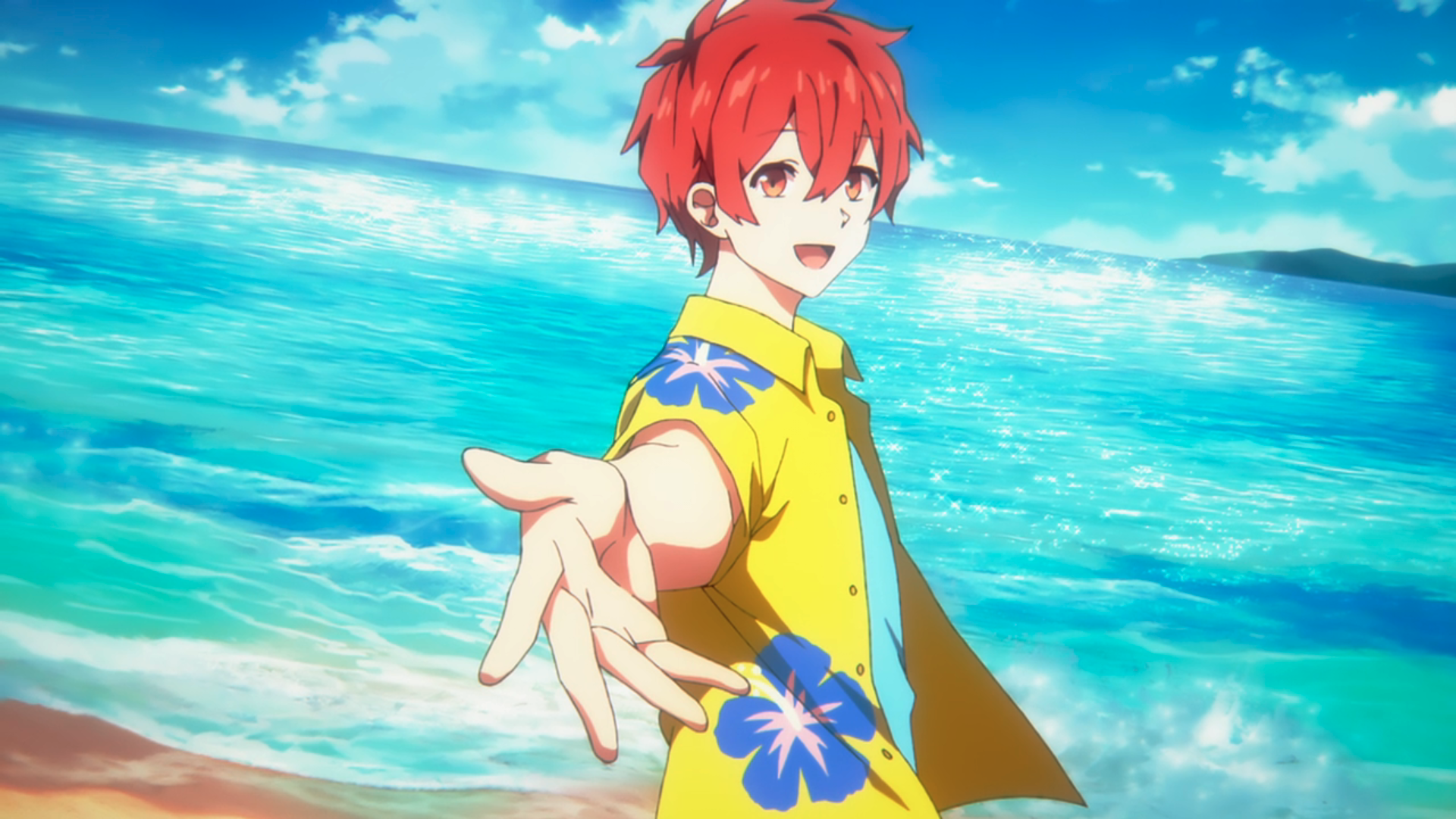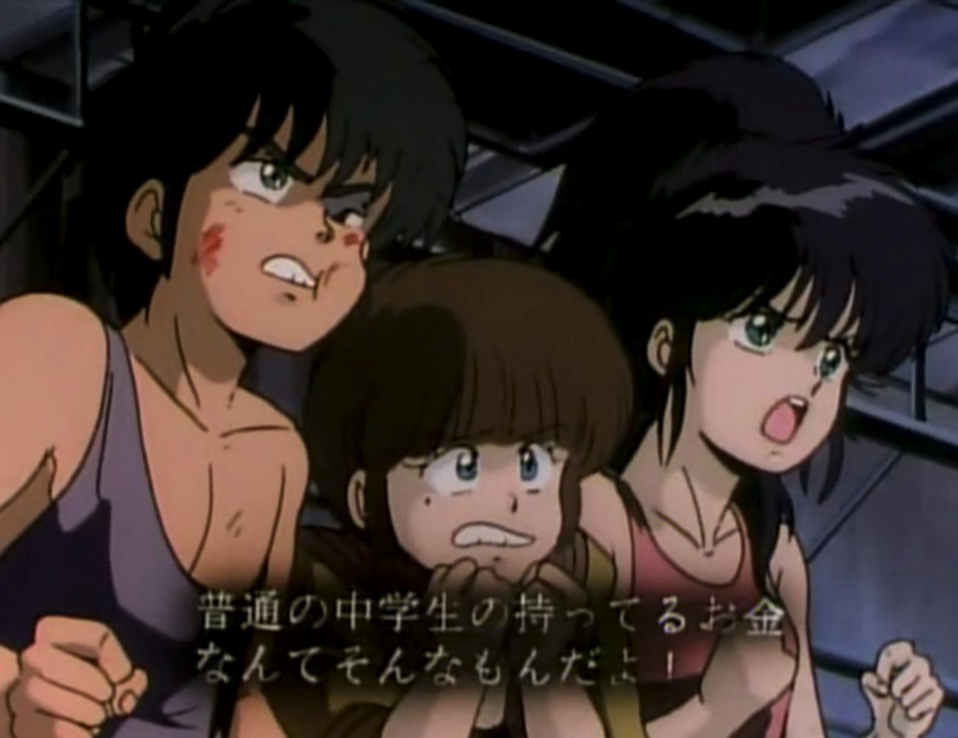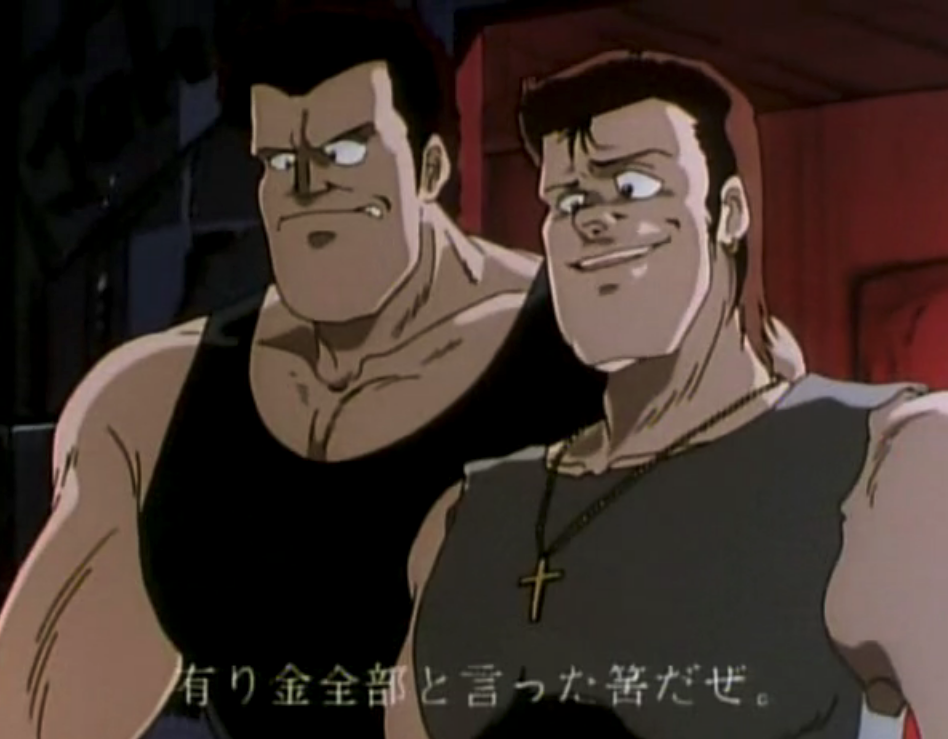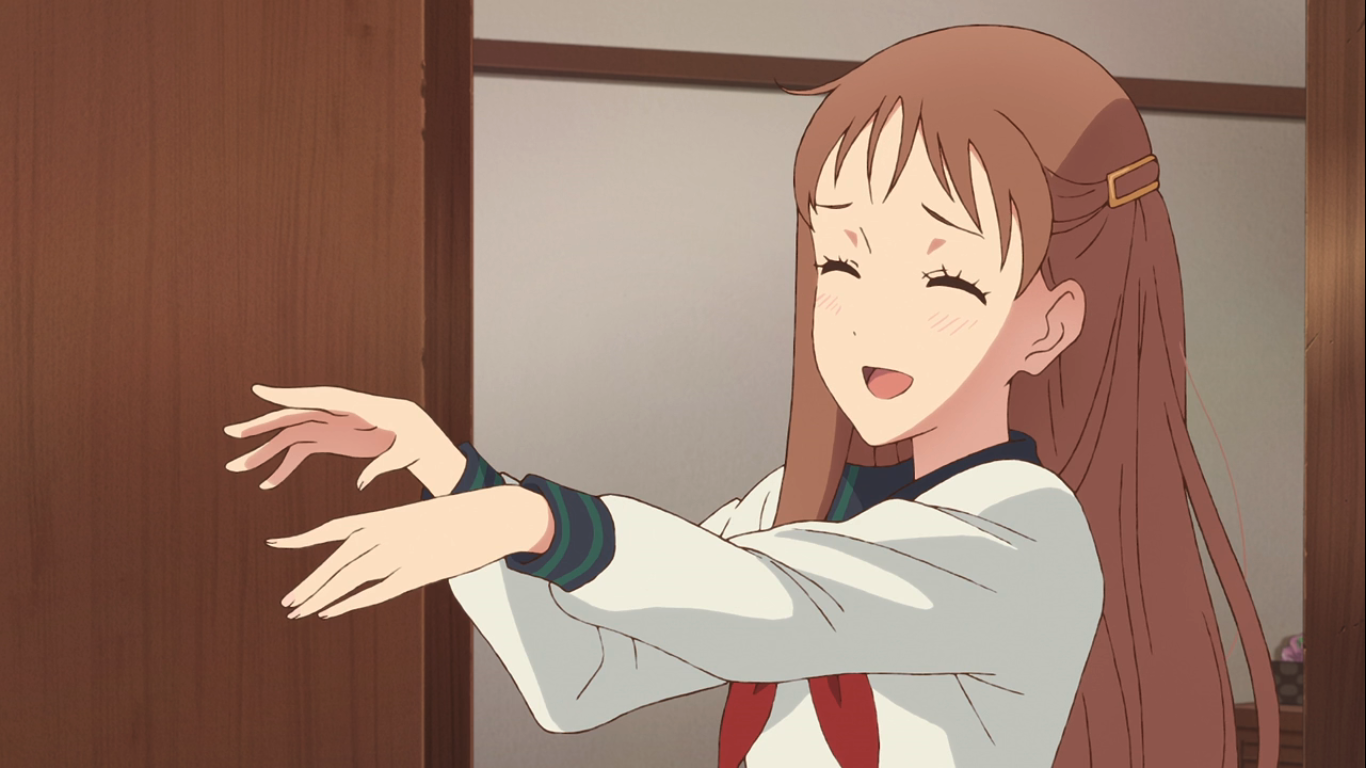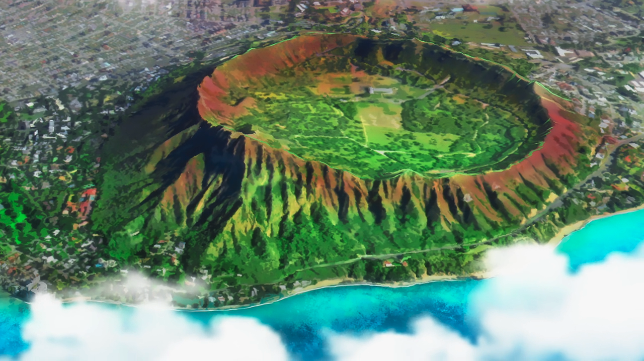Anime Aloha/Hawaii is Burning
michael lee
UniteUp! Project | Matthew Thayer/Maui News/Associated Press
I’ve been thinking a lot about Hawaii lately and it breaks my heart to see the people of Hawaii watch their land, their homes, their history go up in smoke. Hawaii is one of the few places in the world where its natural beauty leaves me truly awestruck. Rounding the bend on the Kuhio Highway to reveal the Hanalei Valley of Kauai, poking out through the clouds at the top of Haleakalā, or chomping into a fresh Malasada at the Tex Drive-In in Honoka’a on the Big Island… The warmth of the people and the reverence for nature is the best vibe.
The people of Maui need your support.
Donate to Maui Strong to help get the people of Maui back on their feet.
https://www.hawaiicommunityfoundation.org/maui-strong
The devastating fires that swept through the historic town of Lahaina on Maui’s west coast have changed the lives of Hawaiians living there forever. Their town is gone. And yet for many tourists, life goes on. Even when asked to leave or to postpone holidays, tourists stayed. Tourists kept arriving. Some even snorkeled mere miles from where bodies were being pulled from the water just days before. Imagine folks posing for selfies in Times Square on September 12th, 2001. It would have been unthinkable (though certainly could have been happening), yet somehow, when an entire town with hundreds of years of history, and was once the capital of the Kingdom of Hawaii, is reduced to rubble, people simply carried on with their endless mai tais while the island burned. It’s all a matter of perspective, and when Hawaii is marketed as a tropical paradise in nearly all forms of media, folks are going to demand that they get to enjoy that, fires be damned. The islands are reduced to a playground for tourists that exists outside of reality. By essentializing Hawaii in this manner, and marketing it as a dreamlike fantasy world, it gives tourists the feeling that whoever it might be that lives there is only there to serve them and their Instagram feed. And depictions of Hawaii in anime only contribute to this image.
Aloha.
How did we get here?
Japan has had a long-standing, though at times fraught, relationship with Hawaii. Many islanders have Japanese ancestry, as towards the end of the 19th century, Japan’s Meiji Restoration opened up the flow of people between Japan and the Kingdom of Hawaii. In search of work, a number of Japanese moved to Hawaii to work the sugar plantations in 1868. The first wave of immigrants faced difficult conditions and unfair labor contracts and as such, many returned to Japan. Wanting to regain favor with the Japanese, King Kalakaua journeyed to Japan in 1881. He reportedly snuck away one evening to find Emperor Meiji himself where, upon finding the leader, proposed a marriage between his niece , the then five-year-old Princess Ka’iulani, and the 15-year-old Japanese Prince Yorihito. Though this never came to pass, Kalakaua’s desire to build a strong alliance with Japan was not lost on the Emperor, and relations between the two countries warmed, with many Japanese moving to Hawaii, alleviating a labor shortage the Kingdom was facing.
Obviously, when Japan began having dreams of an Asia-Pacific Empire, things took a turn for the worse. World War II would see Japan and the United States on opposing sides of the war machine. The events of Pearl Harbor would bring America into the Pacific Theater, and anti-Japanese sentiment would see thousands of Japanese-Americans relocated to internment camps. On the islands of Hawaii, martial law would be declared in order to monitor the Japanese-Americans living there, some 37% of the total population.
In the post-war period Japanese tourism abroad was not allowed, one of the conditions imposed by America during their occupation of Japan. Once this was relaxed, in the 1960s, Japanese people began to visit Hawaii as tourists. Businesses also came, as Sony established itself early on, delivering transistor radios and stereo sets to Hawaiian homes by the late 60s. Travel marketing would ramp up through the years, with Hawaii seen as a glamorous, exotic destination for well-heeled folk cruising in fast cars with Shinagawa license plates and blasting Sugiyama Kiyotaka & Omega Tribe during Japan’s high flying 80s. Hawaii was aspirational, a status symbol, a marker of cosmopolitan taste, and increasingly the #1 choice for honeymooners (and remains the top choice in 2023).
Waikiki as seen in the Persona 5 anime.
Picture Perfect Dream Vacation
A look at the Japan Tourist Bureau’s website shows couples what their dream honeymoon in Hawaii could be. A number of plans are available to cater to different tastes, and even when options offered include more “adventurous” or “authentic” offerings, what is conspicuously absent from any of this marketing is native Hawaiians. Luxury hotels, fine dining, upscale shopping, and popular tourist spots with smiling Japanese couples. Sample all Hawaii has to offer, without actually seeing or experiencing anything that Hawaii actually has to offer. This isn’t uncommon in marketing images for places like Hawaii. The illusion is that you’ll have the whole place to yourself, the weather will be perfect, your mahi mahi will be expertly prepared, and no one will bother you. At least Air Canada Vacations includes a video explaining the idea of Mālama, or ‘giving back’ in their tourist brochure. The video encourages would-be visitors to the islands to consider an environmental stewardship experience for their trip, with a link to Go Hawaii’s deeper explanation of the program. Something like this, even with its good intentions, could be seen as just another opportunity for a green capitalist flex, but it is at least a meaningful attempt to reconcile the tourist’s desire to enjoy Hawaii as their playground with the idea that it is a place that deserves respect and to be protected.
With Hawaii’s place in the Japanese cultural imagination fully locked in, it is no surprise that anime will often use the Hawaii of travel pamphlets as a setting for an episode or use Hawaiian traditions to flavor a show. What ends up on screen only further cements the imagery used in the advertising that hangs from straps on Tokyo subway cars and leads to strange cases of othering and cultural appropriation that should be examined critically.
Akira reaches a hand out to the camera in UniteUp!
Anime Aloha
An anime episode set in Hawaii offers a number of the tacky gags and rote narratives associated with both beach episodes (aka fanservice episodes) and fish-out-of-water/interacting-with-a-foreigner-panic plotlines. Hawaii is the perfect location to bundle as many of these tropes in as possible. It reduces the islands to nothing more than a place where misunderstandings abound and the jokes keep coming.
In UniteUp! (2023), a male idol anime that aired in January, Honolulu serves as the setting for episode 8, where the idols travel to Hawaii for a photoshoot. A photoshoot on the beach gives an easy out to check off fanservice, as the boys are photographed for Thin Premise Magazine. Next they journey to Ala Moana Shopping Center to hang out and take more pictures while doing some shopping. The following day, they journey to Diamond Head to take in the scenery, and the trip comes to an end. This is the quintessential “Japanese in Hawaii” experience as presented in travel brochures. Beach, shopping, Diamond Head. It’s so on-the-nose you’d think that the Japan Tourism Bureau was part of the anime’s production committee—I checked, they’re not, but it feels like I’m watching an ad for not only idols, but Hawaii as well.
The locals who befriend Banri in UniteUp!
The episode also gives us awkward interactions with foreigners where one of the idols, the more clued out, easily flustered Banri realizes he has been left behind on Diamond Head and tries to navigate the streets of Honolulu. He becomes lost, realizes he has no money, and pitifully sings a tune on the beach. There’s a quick glimpse of the Duke Paoa Kahanamoku statue on Waikiki, giving us another “popular tourist spot” moment, before a Hawaiian (??) guy hears Banri’s singing and invites him to join his band of street performers to earn the cash Banri needs to get to the airport. After somehow breaking through the language barrier, and with a bit of good fortune that the street performers know the hit song “Crossfire” from the in-world popular anime Space Baseball, the plan goes off without a hitch and Banri makes some friends who speak some of the worst English considering they are supposed to be native speakers of the language.
The whole foreigners who are clearly being voiced by Japanese actors thing is such an unusual trend in anime, but actually plays into how every aspect of a trip to Hawaii in anime is this uncanny valley version of Hawaii that has been run through a ton of Japanese filters. All of it just feels like how Japanese imagine Hawaii to be, and having Japanese voice actors do “English” voices is an extension of that imagination. While there is likely a production committee-related, iron-clad contractual reason why Japanese talent voice English-speaking & ‘foreign’ characters nowadays, this didn’t always used to be the case. In the Kimagure Orange Road OVA: Hawaiian Suspense from 1989, Kyosuke, Hikaru, and Ayukawa run afoul of kidnappers with clear American and British accents (though the voice actors are strangely unlisted in the OVA’s credits). By using people with native English skills, it helps to show a more realistic gap between cultures while allowing that difference to not be condescending to one side or another. The Kimagure OVA is also a rare case where something negative happens in Hawaii. The dreamworld fantasy is seen as more of a nightmare, and the threat of violence perpetrated by a foreigner takes center stage. Which is, in itself, problematic. Going abroad comes with some kind of inherent danger? Foreigners are bad? This alternative isn’t great either.
Shank from Rainy Cocoa in Hawaii
In the short (as in 2-minute-episodes short) anime Rainy Cocoa in Hawaii (2016), Tokura Nozomu is sent to Hawaii to open a café and befriends Shank, a local who speaks in simple Japanese with the trademark non-native stilted speech patterns. It makes Shank out to be a bit of an oaf, and his lack of mastery of Japanese signals to the viewer that he is lesser than the rest of the Japanese characters, and when that status is placed on someone who is supposed to represent a native Hawaiian, it creates a hierarchy that elevates the Japanese tourist, and reduces the native Hawaiian to a colorful background piece. He’s part of the ‘experience’.
Spa Resort Hawaiians as seen in Hula Fulla Dance
There is also the curious case of Spa Resort Hawaiians, a hotel in Fukushima prefecture owned by the Joban Coal Mine Co. Ltd, which opened in 1966 and offers guests a Hawaiian experience without ever having to set foot on the islands themselves. The resort prominently features in the anime film Hula Fulla Dance (2021), so conspicuous are the glamorous shots of the resort that it did not surprise me at all to learn that the film is part of a project to revive tourism in the Tohoku region of Japan. The same Tohoku region that was devastated by the 2011 earthquake and tsunami. The disaster looms in the shadows of this mostly lighthearted coming-of-age story.
Natsunagi Hiwa in Hula Fulla Dance
Hula Fulla Dance is centered around Natsunagi Hiwa, a young girl who has long been enamored by the hula show that Spa Resort Hawaiians is known for. She wants to dance hula at the resort, and after being accepted, meets a colorful cast of moe girl tropes to befriend. The film opens with a number of shots highlighting the resort’s amenities including its airy Polynesian-styled lobby, water park with food stalls meant to look like Hawaiian storefronts, gift shop with a range of Hawaiian themed treats, and a chapel for up-to-interpretation relationships.
The centerpiece of the resort, at least in the film, is the hula show. Performed on the ‘Beach Theater’ stage, the hula show aims to replicate the kind of hula show one would expect to see in Hawaii, well, the kind of hula show you’d see tacked on to an overpriced luau at the Hyatt Regency Maui. Throughout the film, the hula dancing is treated with enthusiasm and respect, though never really delves any deeper into hula’s origins or the art of hula dancing itself. This despite Spa Resort Hawaiians having the only hula museum in the world apparently. The fact that hula has only been commodified in this way in Japan does say something about how it is being used here. The film does also feature a dancer of Hawaiian origin, but Ka'aihue Ohana never brings a different perspective to hula. There is no connection to her Hawaiian origins or what hula means to her as a native Hawaiian. Feels like a missed opportunity as she’s a cute, energetic character, but doesn’t develop much more than that.
Ka'aihue Ohana a native Hawaiian girl in Hula Fulla Dance
Ultimately, Hula Fulla Dance is mostly harmless fluff, but provides another example of how Hawaiian aesthetics are commercialized, and in this case, pulled from their origins and remixed into the Japanese context. A “Hawaiian” resort that, at its core, is indistinguishable from similar overblown themed resorts in Japan, that offers a Japanese experience but with just a little exotic flavor to make the guest feel like they’re somewhere else.
what can be done?
Considering the close relationship Japan and Hawaii share, it is surprising that Hawaii remains an essentialized place in the Japanese mind after all these years. There has been little headway made towards the goals of sustainable travel and greater understanding of the environment as travel literature continues to promote the most consumption-heavy visions of Hawaii to would-be travelers. This continued failure to be more aware of who actually lives on the islands of Hawaii and the aggressive marketing in both tourist brochures and pop culture media like anime are exactly why residents of West Maui are now being hounded by real estate developers looking to give pennies on the dollar for land. They don’t see families that have lived in Lahaina for generations, with their own rich history, they see a plot of land where they can build a new resort that will run nightly luaus for which sad-sack Americans tourists will pay far too much to experience. The marketing will feature pristine beaches, gourmet food options, and nary a native Hawaiian in sight to ruin your holiday.
This is a tricky thing to balance. Tourism keeps Hawaii’s economy going, but the cost seems to be a disregard for Hawaiian lives. You have to sell the resort dreamworld fantasy where the guest’s every whim is catered to. It sucks.
With Japan and Hawaii sharing such a strong relationship, it is high time that depictions of Hawaii in anime and other media in Japan do at least a bit more research and provide viewers with a less essentialized experience. As it stands, representation of Hawaiians in Japanese media continues to suffer, and it creates a world in which tourists feel entitled to luxuriate and “get away from it all” while visiting Hawaii, even when Hawaii is on fire.
Michael Lee is the Editor of KOSATEN, and writes in other places as well. His work looks at video games, anime, and Japanese fandom, with a particular focus on doujinshi and other fan-created media.





